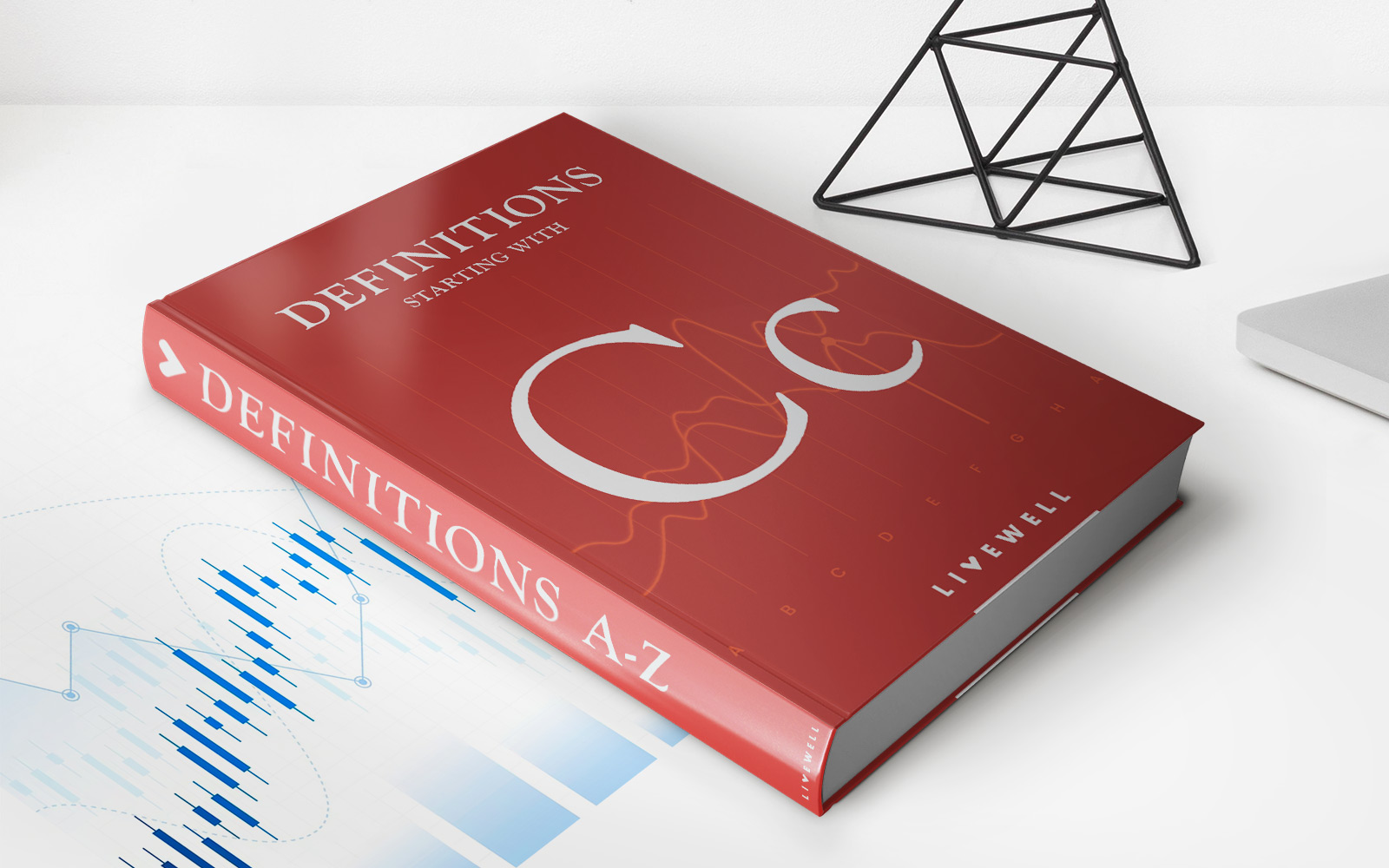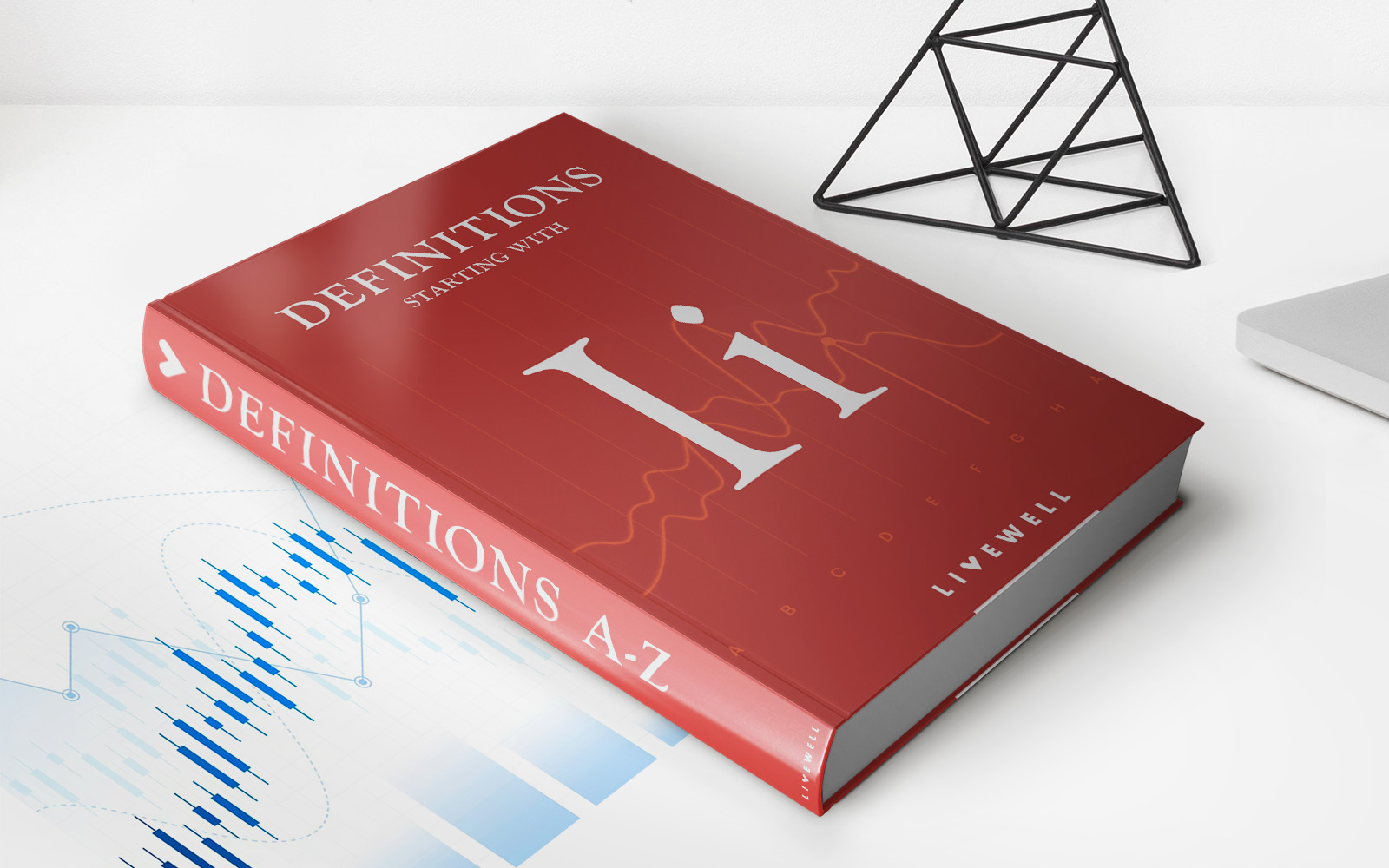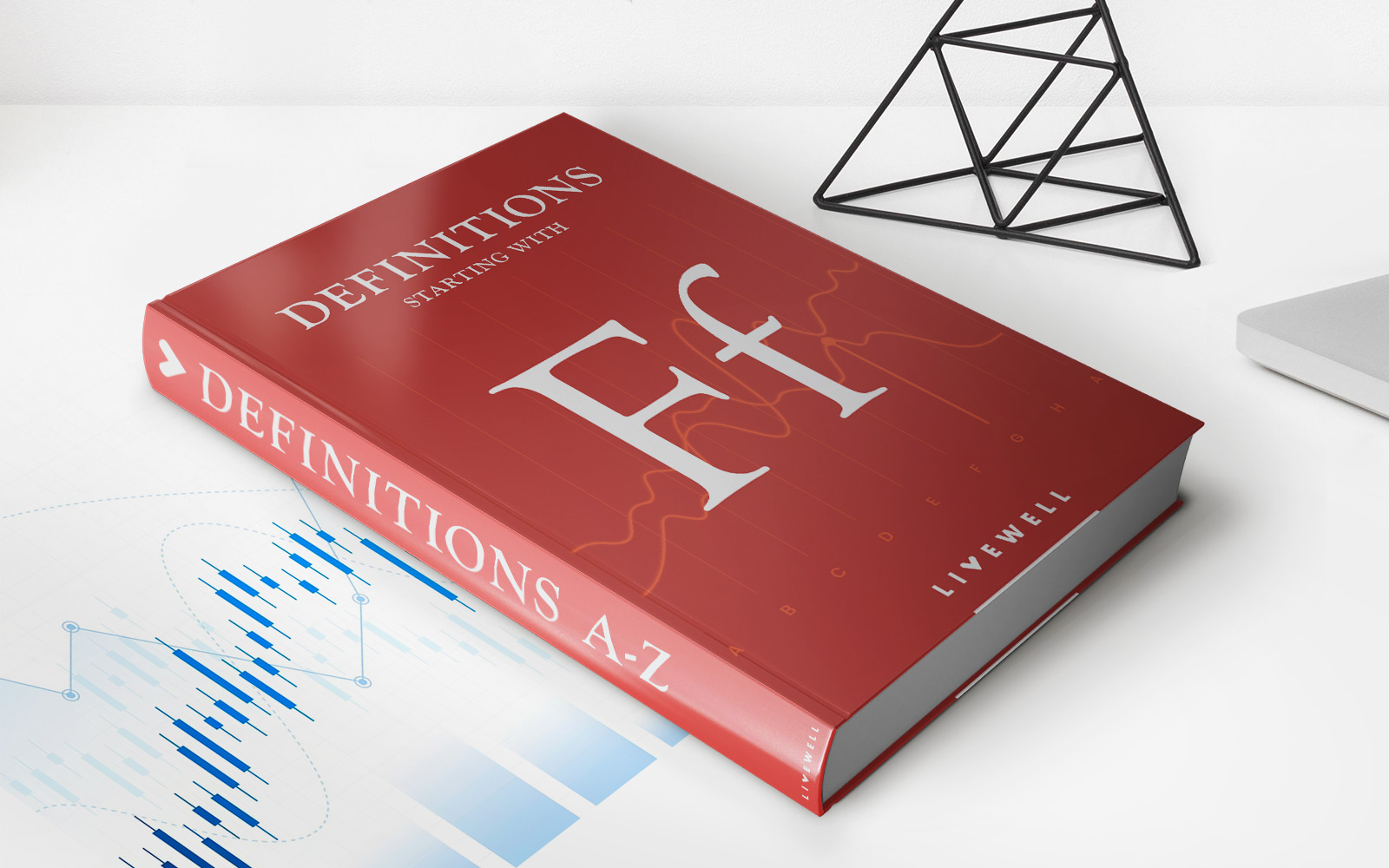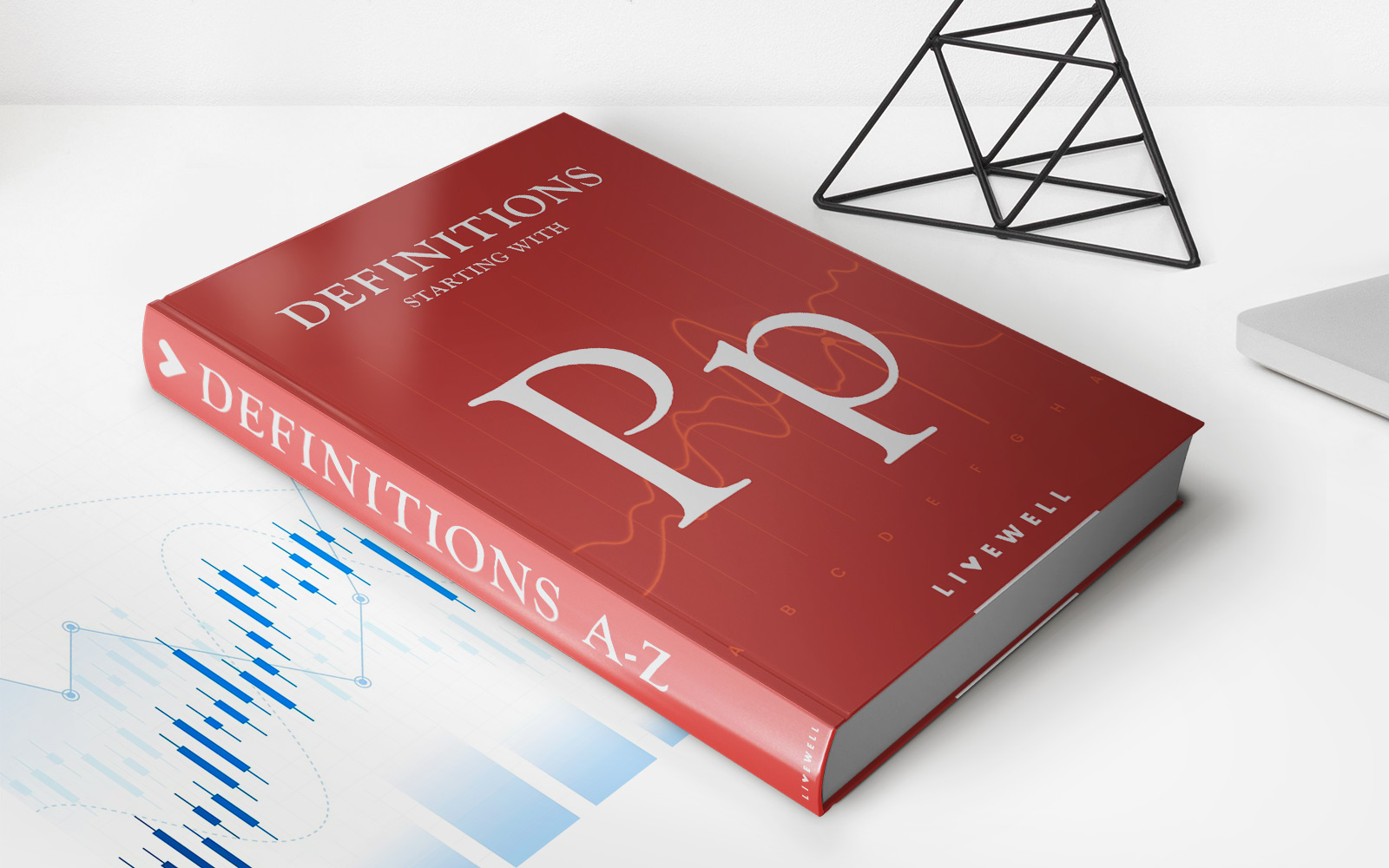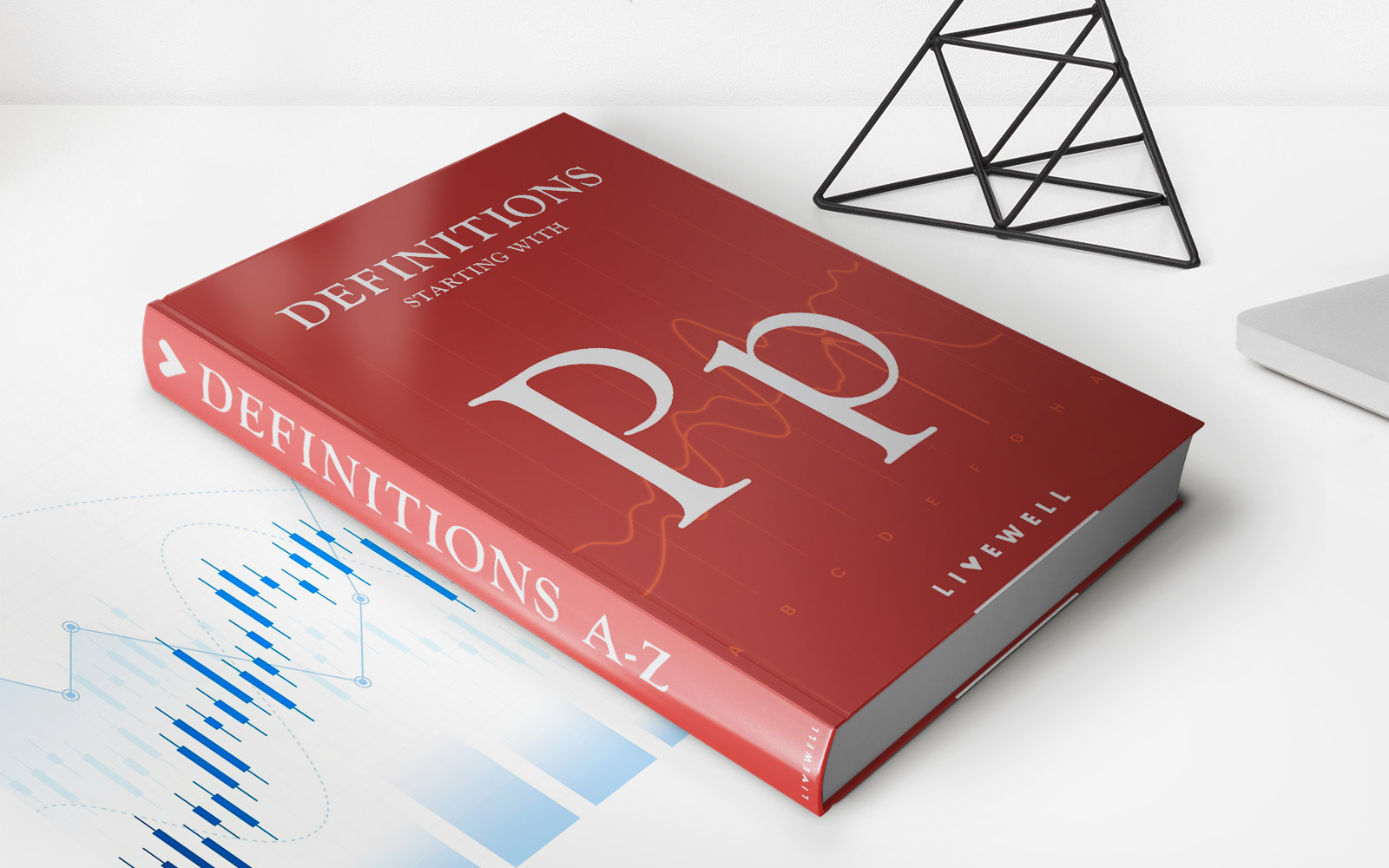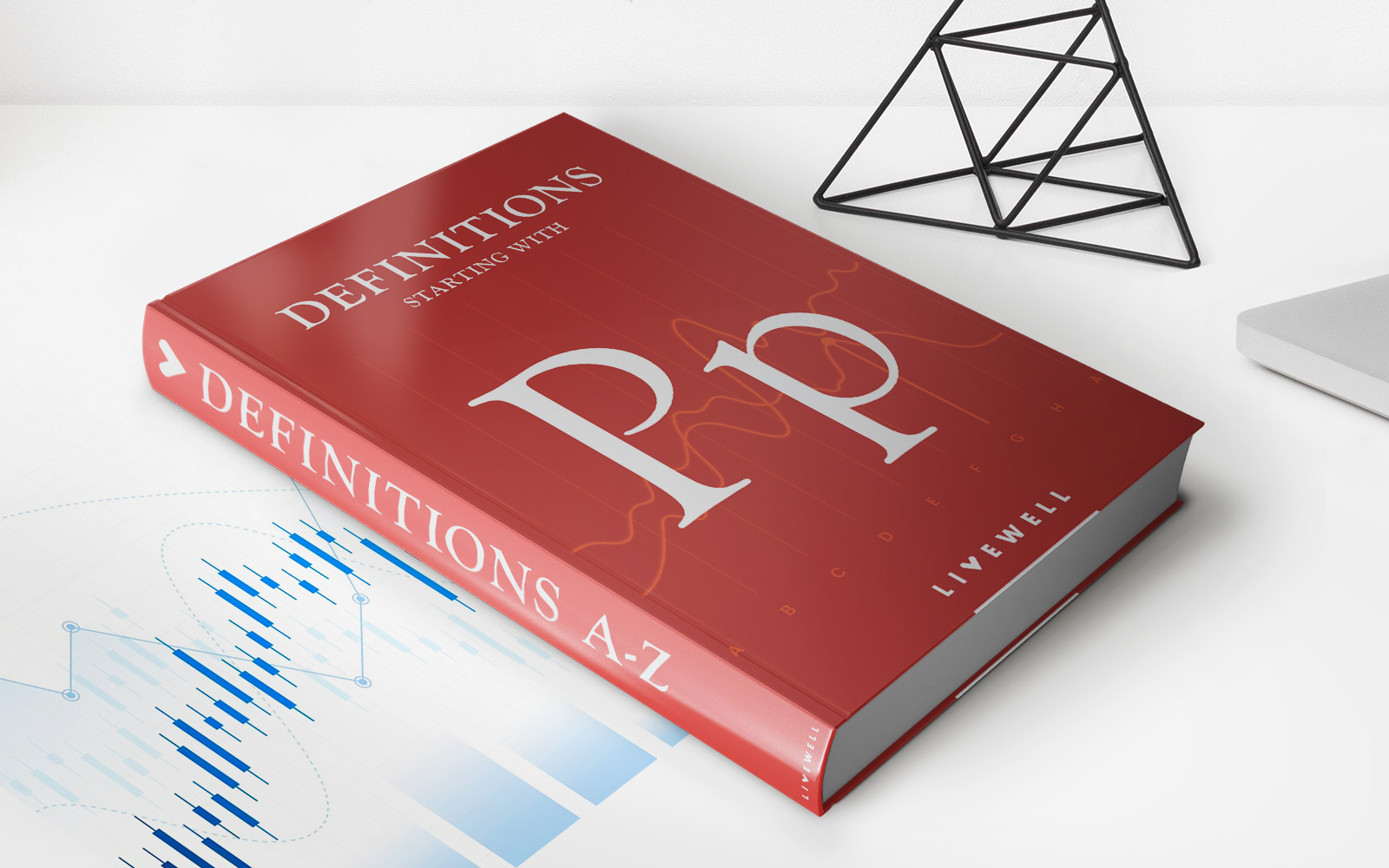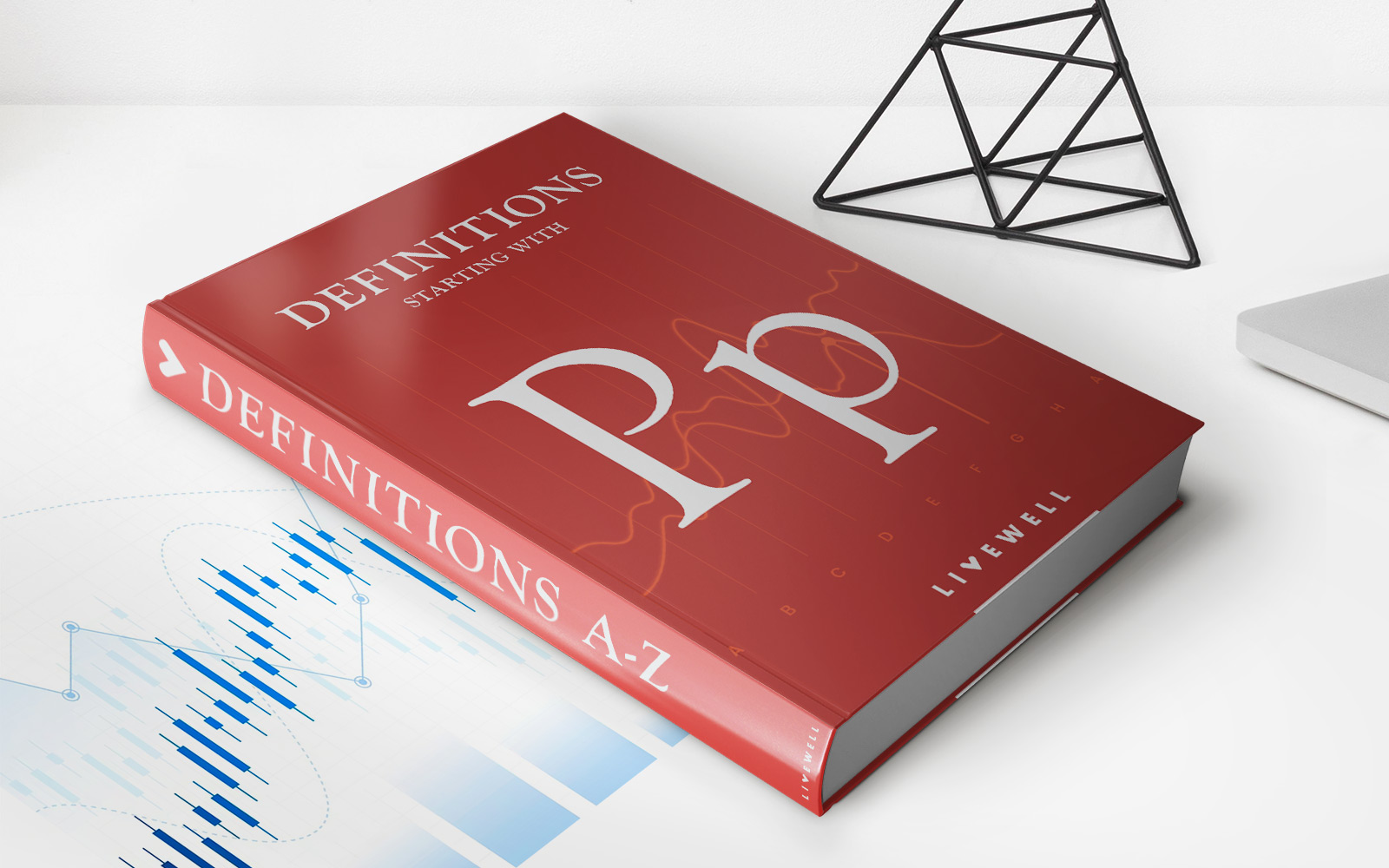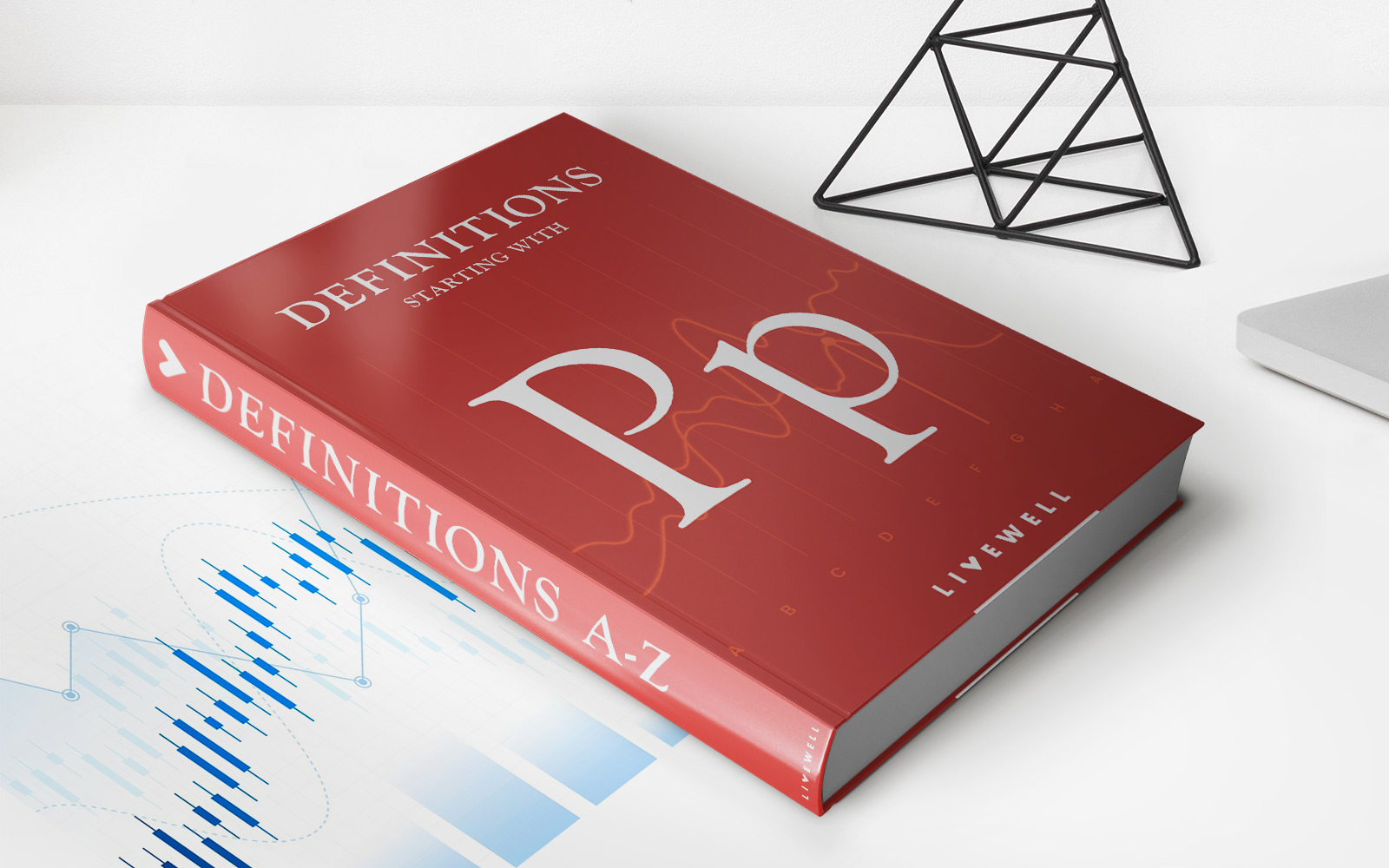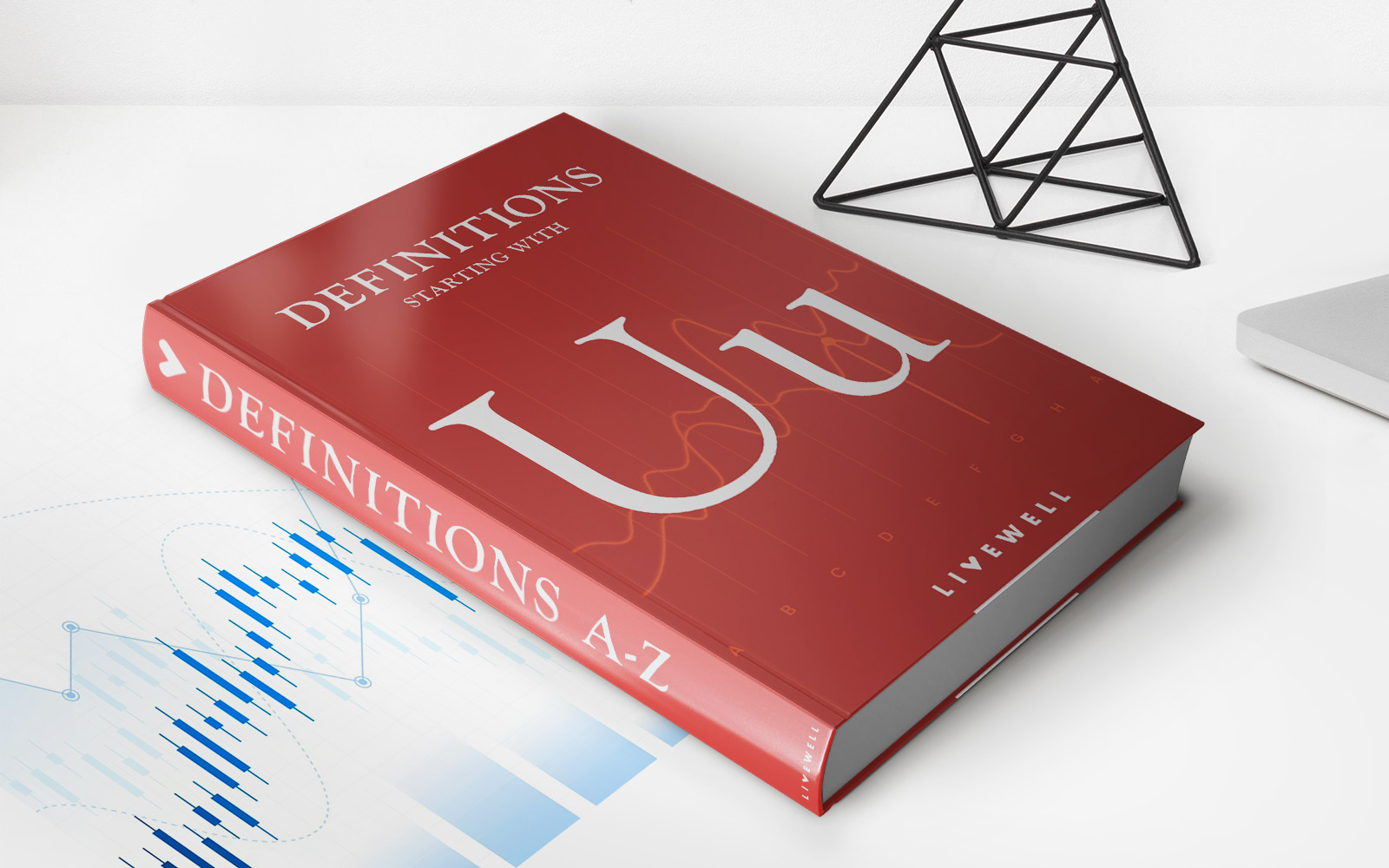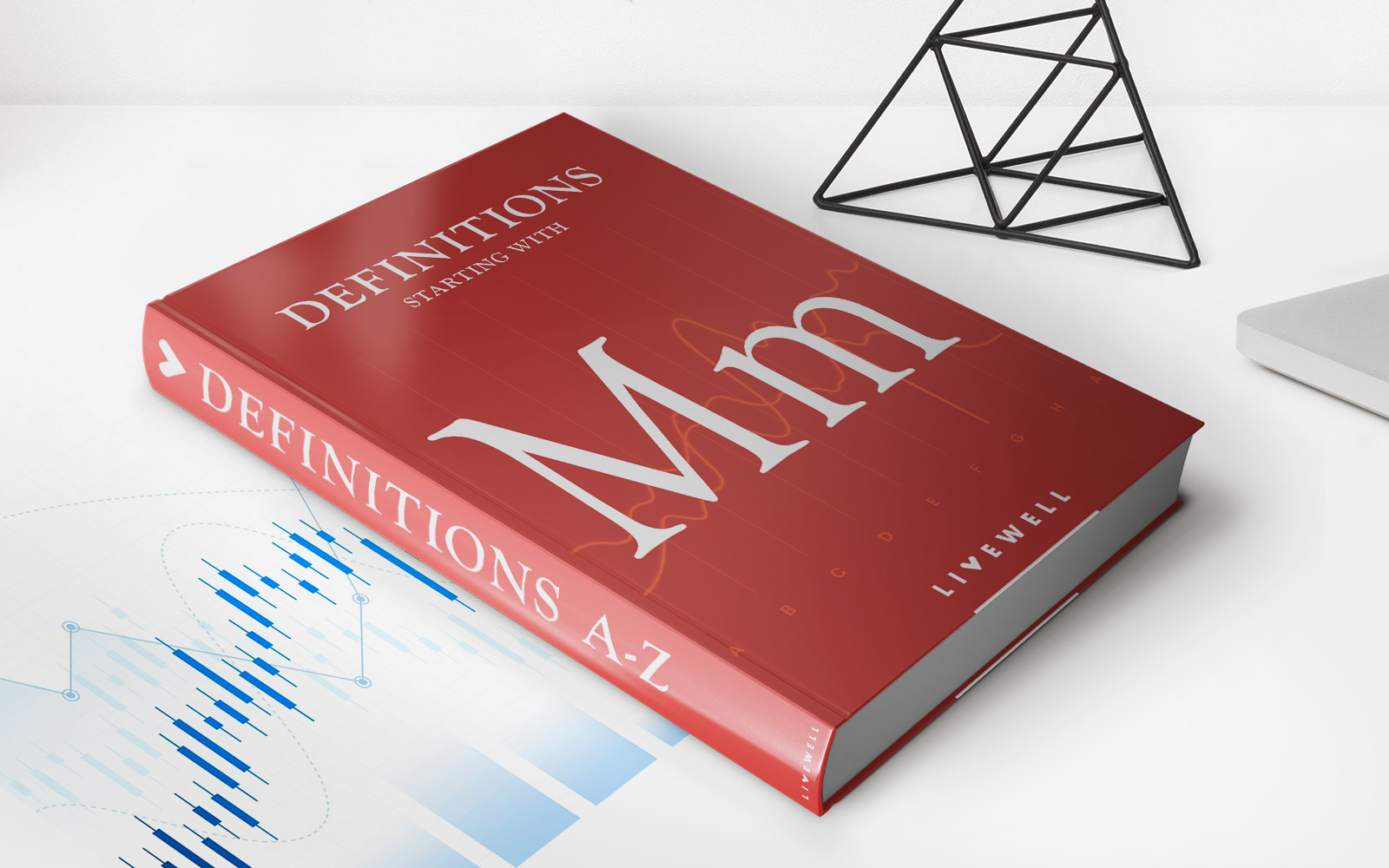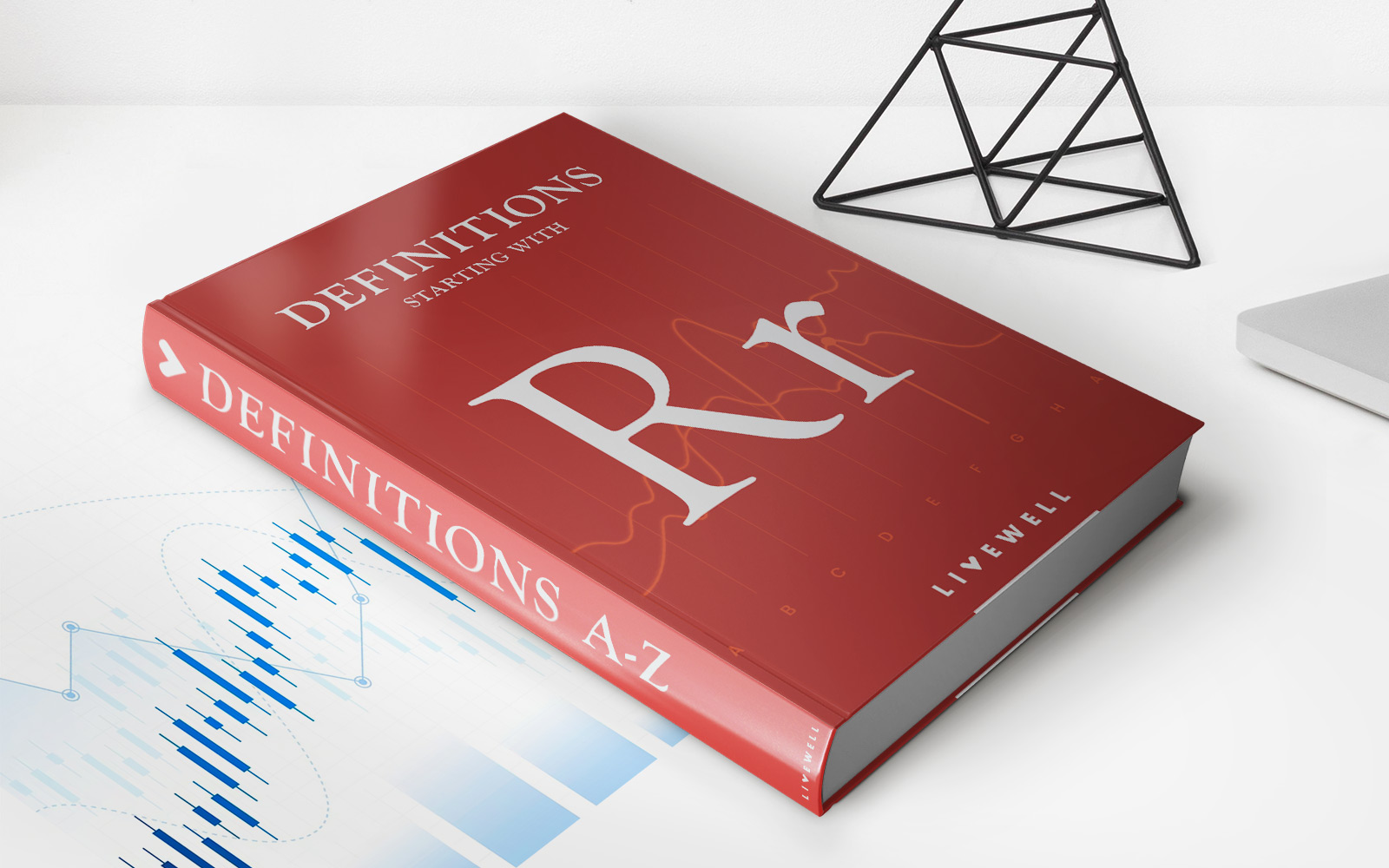Home>Finance>Pooling-of-Interests: Definition, How It Worked, Replacement


Finance
Pooling-of-Interests: Definition, How It Worked, Replacement
Published: January 9, 2024
Learn the definition and workings of pooling-of-interests in finance. Discover its replacement and how it affects financial statements.
(Many of the links in this article redirect to a specific reviewed product. Your purchase of these products through affiliate links helps to generate commission for LiveWell, at no extra cost. Learn more)
Pooling-of-Interests: Definition, How it Worked, Replacement
Welcome to our Finance category, where we dive deep into various financial concepts to help you understand and navigate the world of finance. In this blog post, we will be focusing on Pooling-of-Interests, a term commonly used in accounting and finance. Have you ever wondered what Pooling-of-Interests is, how it worked, and whether it has been replaced? Well, you’ve come to the right place!
Key Takeaways
- Pooling-of-Interests is an accounting method used to merge two companies with similar financial positions by combining their balance sheets.
- This method was popular in the past but has been replaced by the Acquisition Method due to changes in accounting standards.
What is Pooling-of-Interests?
Pooling-of-Interests was an accounting method used to combine the financial statements of two companies that were similar in size and economic position. This method involved the merging of the balance sheets, income statements, and other financial data of the companies, treating the merger as if it had always been in existence. The Pooling-of-Interests method aimed to reflect a seamless union of these companies.
Previously, Pooling-of-Interests was a popular method used in mergers and acquisitions because it provided certain advantages. One of these advantages was that no additional expenses were recognized for the merger, such as fees or goodwill. As a result, the combining companies could avoid recording some costs associated with the merger, potentially increasing their reported earnings. However, these advantages also raised concerns about the transparency and accuracy of financial statements.
How did Pooling-of-Interests Work?
Under the Pooling-of-Interests method, the two companies would combine their balance sheets by adjusting the historical costs of assets and liabilities. The companies would also consolidate their income statements, presenting a combined financial picture as if they had always been one entity. This method effectively erased the individual historical financial positions of the merging companies, treating them as if they had operated together from the beginning.
The Replacement of Pooling-of-Interests
Pooling-of-Interests was a commonly used accounting method until it was replaced by the Acquisition Method. The replacement came as a result of changes in accounting standards outlined in the Generally Accepted Accounting Principles (GAAP). The Acquisition Method requires the acquirer to recognize the fair value of identifiable assets and liabilities at the time of the merger, including any goodwill resulting from the acquisition.
This change in accounting standards aimed to provide users of financial statements with more transparent and accurate information. The fair value approach of the Acquisition Method ensures that the financial statements reflect the actual worth of the acquired assets, liabilities, and goodwill. The replacement of Pooling-of-Interests with the Acquisition Method brought about improved comparability and consistency in financial reporting.
In Conclusion
Pooling-of-Interests, once a widely used accounting method for mergers and acquisitions, has been replaced by the Acquisition Method due to changes in accounting standards. While Pooling-of-Interests allowed for a seamless combination of financial statements, the need for increased transparency and accuracy led to the adoption of the Acquisition Method. Understanding these changes in accounting methods is vital for finance professionals and anyone interested in the world of mergers and acquisitions.
